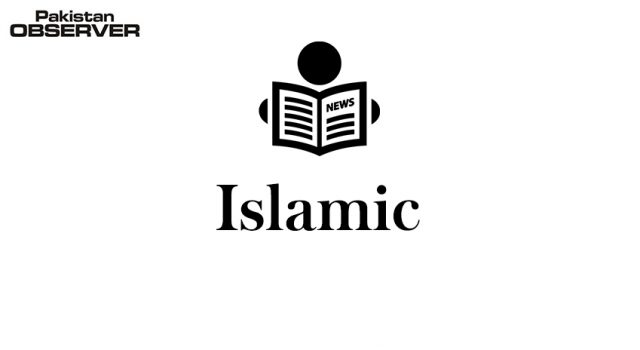London
The transition to new risk-free rates (RFRs) creates challenges for the small portion of the sukuk market that reference legacy IBORs, Fitch Ratings says. These sukuk will face the same uncertainties as conventional bonds, with the added complexity of how transition to RFRs can be accommodated in underlying sukuk structures.
The bulk of the sukuk market is fixed-rate and so is unaffected by the IBOR transitions planned for major currencies by end-2021. Among the major currencies, the planned shift to the Secured Overnight Financing Rate (SOFR) from LIBOR in the US dollar market by end-2021 is the most relevant as dollar-denominated sukuk constitute just over one quarter of all outstanding sukuk. But of these, over 90% are fixed-rate sukuk.
IBOR transition creates challenges for various asset classes. These relate to operational changes, risk modelling and the availability of liquid products for hedging, among other issues. Industry efforts to address them continue, although progress is uneven across jurisdictions and asset classes. Key uncertainties relate to contracts that embed the legacy IBORs, but lack suitable fall-back provisions in the event of IBOR discontinuation. Where possible, we expect the sukuk market to adopt or adapt the initiatives that are taking shape in the conventional bond market. For example, some sukuk now include fall-back provisions designed to accommodate a change of reference rate, as seen in conventional bond documentation.
Sukuk face an additional complexity due to the lack of sharia codification. The Accounting and Auditing Organization for Islamic Financial Institutions and many prominent Islamic finance scholars have acknowledged that, under certain conditions, using benchmarks like LIBOR or certain share or commodity price indexes to determine investors’ profit margins for Islamic products is possible, notwithstanding the sharia prohibition on riba, or unlawful gains, including interest.However, even if the new RFRs are deemed consistent with sharia principals, the underlying sukuk structures may need to change. Sukuk are complex instruments, usually based on one or more specific sharia contracts. They typically incorporate an undertaking whereby the obligor commits to repurchase underlying sukuk assets on maturity, covering the outstanding principal and any unpaid periodic distribution amounts, in a timely manner.
There is no standard structure, however, and different underlying contractual arrangements might need to be adapted to the new RFRs deal-by-deal. This process could be time-consuming and require fresh opinions from the originator’s and investors’ sharia boards that the new structure is sharia-compliant.
Understanding the relationship between the funding arrangement and the asset and the key features of its underlying contractual structure is fundamental to analysing the credit risk of a sukuk.
—(Courtesy: Salaam Gateway)









